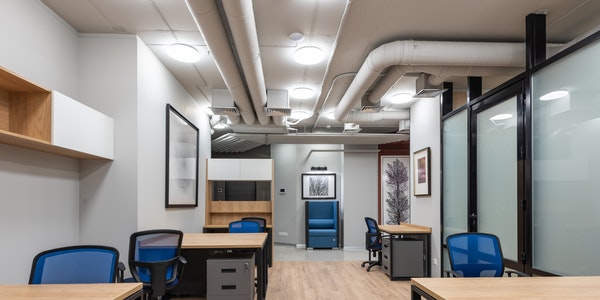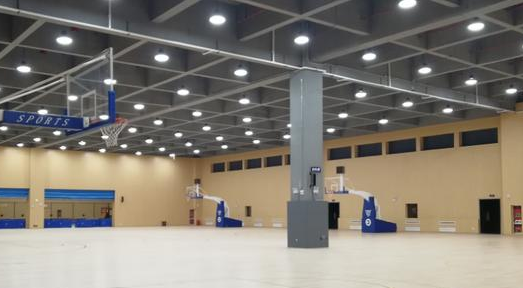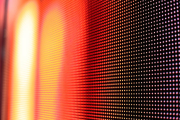Brief Introduction
As a light source with great development potential, LEDs have attracted more and more attention due to their long lifespan, firm structure, low power consumption, and flexible form factor. In recent years, LEDs, especially monochromatic LEDs, have been widely used in large screens, signal lights and landscape lighting. With the continuous development of LED technology, new breakthroughs have been made in parameters such as the luminous efficacy, color rendering, color temperature of white LEDs, power of a single LED, and luminous flux of LED modules. People are full of expectations for the application of LEDs in lighting.
However, applying white LEDs to general indoor lighting also faces a series of challenges. For example, the luminous flux of a single LED is still difficult to meet the needs of general lighting, the unit cost is too high, the luminous efficiency is lower than that of energy-saving lamps, the color difference is large, and the stability is insufficient. Although the research results are gratifying, it still takes a certain amount of time to produce market-oriented products that truly meet the lighting requirements. This is a fact that LED developers, manufacturers and users cannot avoid.
Starting from the ergonomics of lighting, analyzing the current development status of white LEDs and the differences between them and the normal indicators required for a healthy light environment, we put forward some suggestions for promoting the application process of LEDs in indoor lighting.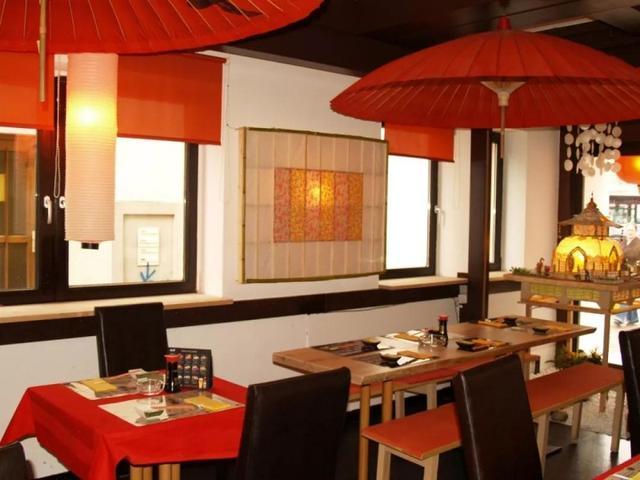
1. Ergonomics of Lighting
Ergonomics, also known as ergonomics, takes the “human-machine-environment” system as the research object, and uses methods such as actual measurement, statistics, and analysis to study the relationship between the three elements in the “human-machine-environment” system. Solve the performance and health problems of people in the system. That is, the study of ergonomics is devoted to designing and evaluating human needs, human capabilities, human limits, and how to coordinate with tasks, jobs, products, environments, and systems.
The ergonomics of lighting is to study how the design of the light environment can meet the needs of people, so that people can complete various visual tasks faster and better, and try to meet the needs of comfort and health.
The lighting environment should fully consider to meet the needs of people’s visual functions, so that people can work normally in a suitable visual environment, that is, they can see clearly. But also to meet people’s psychological needs, that is, to look comfortable.
A recent study showed that light can also affect the body’s circadian rhythm and health by affecting the secretion of melatonin in the body. Therefore, a good light environment considering ergonomics should proceed from the needs of people’s vision, psychology and physiology, and comprehensively consider a number of factors. Otherwise, there will be adverse effects on people’s work efficiency, mental or physical health.
2. Consider Ergonomics Requirements for White LED Lighting
As mentioned earlier, considering the ergonomics of lighting should take into account people’s requirements for the lighting environment. The indoor environment is the environment where people live and work most of the time. Therefore, people’s demand for indoor lighting environment is getting higher and higher. Whether these requirements can be met is the key for LEDs to replace traditional light sources for indoor lighting.
2.1 Requirements for visual functions
In order to meet people’s visual needs, that is, to allow people to see clearly, the lighting environment requires a certain level of illumination, illumination uniformity and color rendering.
To meet a certain illuminance level, LEDs are required to have sufficient luminous flux. Taking a small reading room as an example, assuming that the area of the reading room is 6m × 8m, the luminous flux of about 20000 ~ 30000lm is needed to meet people’s normal reading needs. If other factors are not considered, the application of high-power particles of 200lm on the market currently requires 100-150 particles of LEDs to achieve such illumination requirements.
Since the luminous efficacy of the current better market products is around 30 ~ 40lm/W, regardless of energy consumption or cost, LEDs cannot compete with energy-saving lamps or fluorescent lamps. In addition, the immaturity of the optical design technology of LED lamps makes the current light distribution of LED lamps not stable enough. It also requires a high cost to achieve a certain uniformity of illumination.
However, for small-area accent lighting, LEDs with a small amount of energy consumption can meet the needs of vision, and it is easier to meet the uniformity. In terms of color rendering, the current white LEDs can basically meet the needs of general indoor activities.
2.2 Psychological needs
In normal indoor work or activities, people not only require the satisfaction of visual functions, but also require a certain degree of visual comfort. This is the psychological need of people for the lighting environment. It is also required that the light environment in the field of view should not have direct glare or indirect glare, the color temperature should be appropriate, and the arrangement of lamps should make people feel comfortable.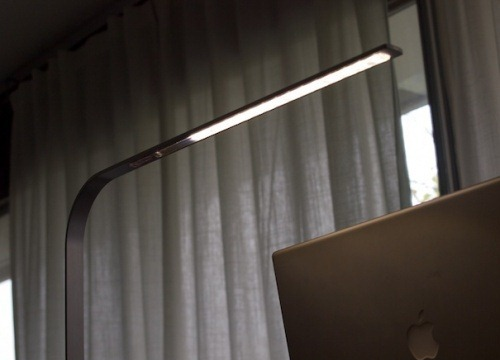
White LEDs are both an advantage and a challenge in terms of glare required in the field of view. Due to the small light-emitting point and beam angle of the LED, the direction of light exit is easy to control. On the other hand, the light intensity of LEDs is usually concentrated, and if the maximum light intensity distribution is not handled properly, it will easily cause glare to the observer.
Studies have shown that uncomfortable glare will not only cause a decrease in work efficiency, but also cause adverse reactions such as visual fatigue and headache. In addition, if the RGB three-chip LED is selected, although white light with any color temperature can be formed, the large color difference will affect the overall comfort and beauty of the field of view. If the method of blue LED plus YAG powder is used, the color temperature is basically high.
In order to have a good lighting effect, the color temperature of the selected light source must be compatible with the required illuminance. Therefore, a higher color temperature will also affect the application of white LEDs in indoor lighting, because it requires a correspondingly high illuminance to make people feel comfortable. On the other hand, the flexible dimensions of LEDs make LED lamps have a large space in design, which can fully meet the decorative requirements.
2.3 Physiological needs
In indoor lighting, people’s physical needs are mainly manifested as health needs. In addition to the adverse effects of long-term UV light exposure on the skin, two other ways in which light affects health are often overlooked. One is that light affects health through vision, and the other is that light affects health through the circadian rhythm system.
Two effects closely related to the use of white LEDs for indoor lighting are the harmful effect of blue light on the retina and the effect of light on the human body’s circadian rhythm system and health by inhibiting the secretion of melatonin in the human body. Usually, the harm of ultraviolet light occurs in the anterior part of the human eye, that is, it will cause damage to the cornea.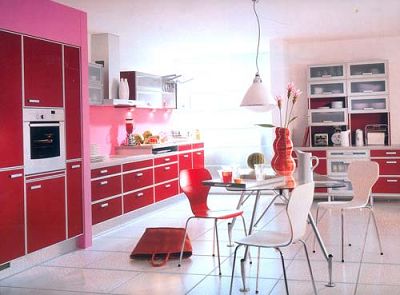
Blue light, because its wavelength is longer than ultraviolet light, can pass through the fundus and reach the retina. Its unit energy is the strongest in the visible light range, and it is easy to burn the retina and form early cataracts. On the other hand, the secretion of melatonin in the human body is affected by light. When the secretion of melatonin is abnormal, it is easy to cause the disorder of human circadian rhythm, and in severe cases, it can cause cancer or other lesions.
In the region of 400~500nm, the energy distribution of this white LED has an obvious peak. This peak can be reduced to a certain extent after adding a certain amount of red phosphor. However, the peak value of the blue light region of the currently commonly used white LED has a large overlap area with the spectral sensitivity curve of blue light retinal damage and the sensitivity curve of ganglion cells affecting the circadian rhythm system to light. This has to arouse our attention.
3. Development Status of White LED
3.1 Luminous efficiency
Since its birth in the 1960s, LED has developed at a speed like “Haitz’s Law” in which the brightness increases by 30 times and the price drops by 50% every 10 years. According to reports, the current laboratory data of white LED light efficiency has exceeded 180 lm/W, and the high-power white LED entering the commercial field has also reached 140 lm/W. With the breakthrough of key technologies, the luminous efficiency of high-power LEDs still has a lot of room for improvement in the future, and the maximum may reach 150-200 lm/W.
3.2 Luminous flux
With the advent of high-power LEDs and breakthroughs in key technologies such as packaging and heat dissipation, the commercialization process of 5W LEDs has begun to take shape. This greatly improves the luminous flux of the LED module. The latest research data shows that high-power LED integrated modules with powers of 5.5W and 11W and luminous flux of 250lm and 400lm have been successfully developed. This makes the process of using LEDs for general lighting a big step forward.
3.3 Color temperature and color rendering
The color temperature and color rendering of white LEDs are closely related to the preparation scheme of white LEDs. In 1996, the industry first adopted the method of InGaN blue light chips and YAG (yttrium aluminum garnet) phosphors to make white LEDs. Since then, people have used R, G, B three-color chip mixed light and near-ultraviolet chip to excite R, G, B three-color phosphor mixed light to make white LED.
The method of using blue LED and YAG phosphor powder is the most common method for preparing white LED at present because of its simple process and low technical cost. But its color rendering index is also relatively low. Although adding a certain amount of red phosphor and green phosphor can improve the color rendering index, due to the low relative conversion rate of the red phosphor, it usually causes the attenuation of the overall luminous flux, that is, the decrease of the luminous efficiency. Using near-ultraviolet LEDs and RGB three-primary phosphors can theoretically obtain white LEDs with any color temperature and higher color rendering index. However, the current technology for UV LED phosphors is not yet mature.
The method of coating phosphor powder on a single chip usually has a color temperature difference of 80 to 800K depending on the coating technology of the phosphor powder. Multi-chip LEDs can theoretically obtain white LEDs with arbitrary color temperature and high color rendering. However, due to the different forward voltage and light output of multi-chip LEDs, their temperature characteristics and light maintenance characteristics are also different. Therefore, the requirements for circuit design are higher. At present, the technology is not mature, and the color temperature between modules is quite different.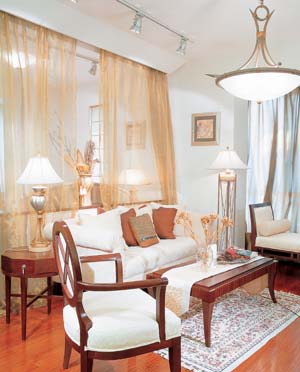
4. Promote the Application of White LED in Indoor Lighting
High-power white LEDs have made great breakthroughs in light efficiency, color rendering and single power. Various LED manufacturers are also constantly updating their achievements with a rapid momentum. However, in terms of ergonomics, LEDs clearly have a long way to go to create a lighting environment that meets the needs of human habitation. In order to promote more and more reasonable application of LED in indoor lighting, the following aspects should be paid attention to by LED designers, producers and users.
4.1 Pay attention to reasonable lighting design
As far as the needs of visual functions are concerned, the current luminous flux and luminous efficiency of LEDs are still difficult to meet the needs of large-area general lighting. Therefore, reasonable lighting design is the key to applying LED to indoor lighting. For example, LEDs can be used for local accent lighting, or LEDs can be easily controlled for auxiliary lighting and dimming designs. The design should combine the needs of visual function, psychology and physiology at the same time, promote strengths and avoid weaknesses, and create a healthy and comfortable light environment.
4.2 Strengthen LED secondary optical design technology
A key technology in LED lighting applications is LED secondary optical design technology. Through the secondary optical design, the designer can optimize the light distribution of the LED, avoid glare and at the same time make the light emitted by the LED more reasonable to meet the lighting requirements.
4.3 Pay attention to the close relationship between the upstream, midstream and downstream of LED
There is no doubt that LED upstream and midstream play a key role in the development and application of LED technology. However, downstream applications and demands also play a leading role in the upstream and midstream LEDs. Scientific researchers, engineers and designers should strengthen contact to make the development of LED industry more reasonable and humanized.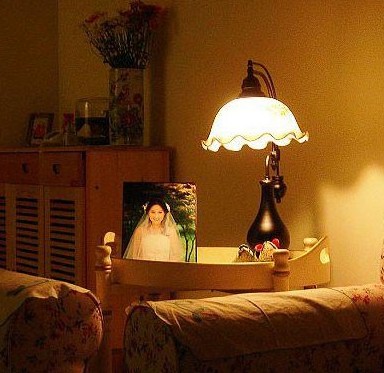
4.4 Formulate LED indoor lighting standards
At present, the relevant testing departments of various countries in the world have begun to carry out research on lighting LED testing methods, including the development of testing equipment. The International Lighting Standardization Technical Committee has included the technical standards and test method standards of lighting LEDs in the standard work plan, hoping to promote the development of LED technology and its application in the field of lighting through the formulation of lighting LED standards.
For LED indoor lighting standards, the optical characteristics of LEDs should be focused on, that is, luminous flux, light distribution, brightness, spectral distribution, chromaticity coordinates, color difference, color rendering index, light decay and other indicators. In addition, the characteristics, mechanical characteristics, temperature characteristics and appliance safety characteristics of electrical accessories should also be considered.
5. Conclusion
The process of applying white LEDs to indoor lighting has made a major breakthrough in the past two years. On the basis of considering the ergonomics of lighting, white LEDs have certain advantages in indoor lighting. However, there are still many shortcomings. LED designers, producers and users should unite to contribute to the development of LED technology, so that the new generation of light sources can play the greatest role and gain more benefits as soon as possible.

